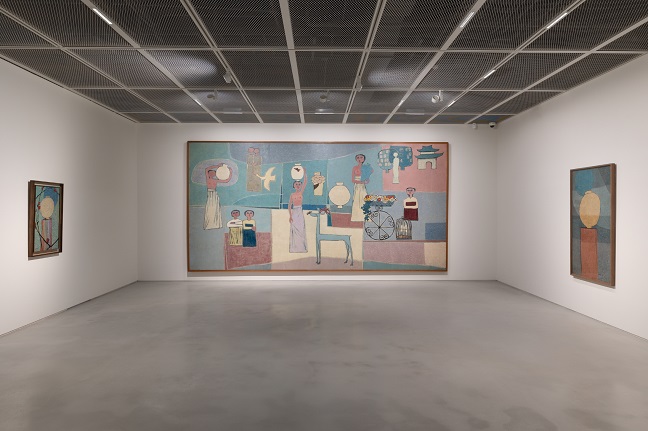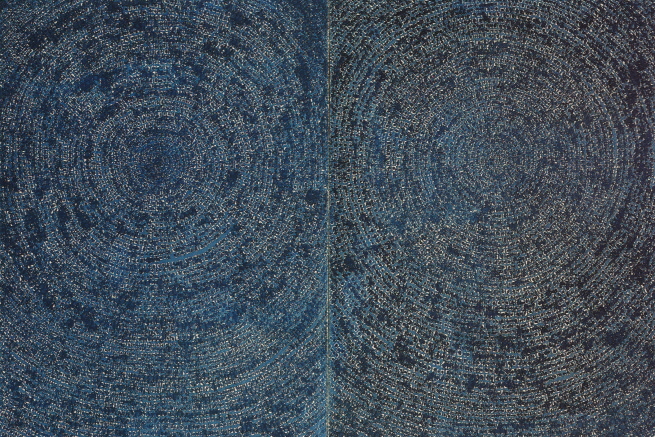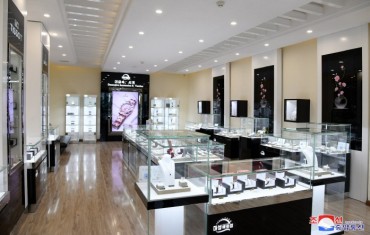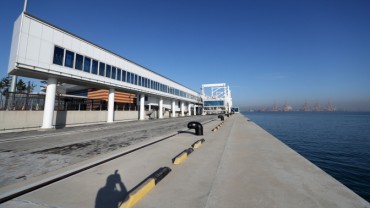
Korean abstract master Kim Whanki’s works are displayed at his retrospective, “A dot a sky_kim whanki,” at Hoam Museum of Art in Yongin, Gyeonggi Province, in this photo provided by Whanki Foundation·Whanki Museum.
YONGIN, May 15 (Korea Bizwire) — Hoam Museum of Art, a private gallery run by Samsung Foundation of Culture, said Monday it will hold a retrospective of Korean abstract master Kim Whanki (1913-74) to commemorate its reopening after a year of renovation.
The private gallery in Yongin, just south of Seoul, is set to present about 120 works of Kim, a pioneer of Korea’s abstract art, in the exhibition titled “a dot, a sky_ kim whanki,” from May 18 to Sept. 10.
The exhibition showcases Kim’s major paintings and rare works as well as the archival materials and objects from his collection, including pottery, painting tools, sketchbooks, letters and scrapbooks.
The museum said the upcoming exhibition will shed new light into 40 years of Kim’s artistic journey, which combined Korean traditional beauty with Western painting techniques.
“His work has been routinely perceived as twofold: divided into figuration and abstraction, or into before and after allover dot painting,” the museum said in a release.
“Avoiding such a dichotomous simplification, and examining both changes and continuities in his oeuvre, this exhibition suggests his art as a single formative process.”
Part 1 “The Moon and Tree” presents Kim’s major works from the mid-1930s to the early 1960s, a period when his artistic style was established.
Born on a southwestern island, Kim learned traditional Korean painting techniques during his early years and studied in Japan in the 1930s, where he worked with many Japanese avant-garde artists.
He moved to Paris in 1956 and developed his unique style, which combined traditional Korean aesthetics with abstract forms and geometric compositions.
“The Moon and Tree” (1948) portrays a full moon’s night with just two simple circles, signaling his exploration into Korean style abstraction.
Part 2 “Big Small Dot” features his practice in New York, with his signature allover dot painting consisted of repeated circular forms that symbolize the sun, moon and cosmic energy.
Among them is “Universe 5-IV-71 #200,” which was sold for HK$88 million (13.2 billion won) at Christie’s Hong Kong in November 2019.
(Yonhap)







